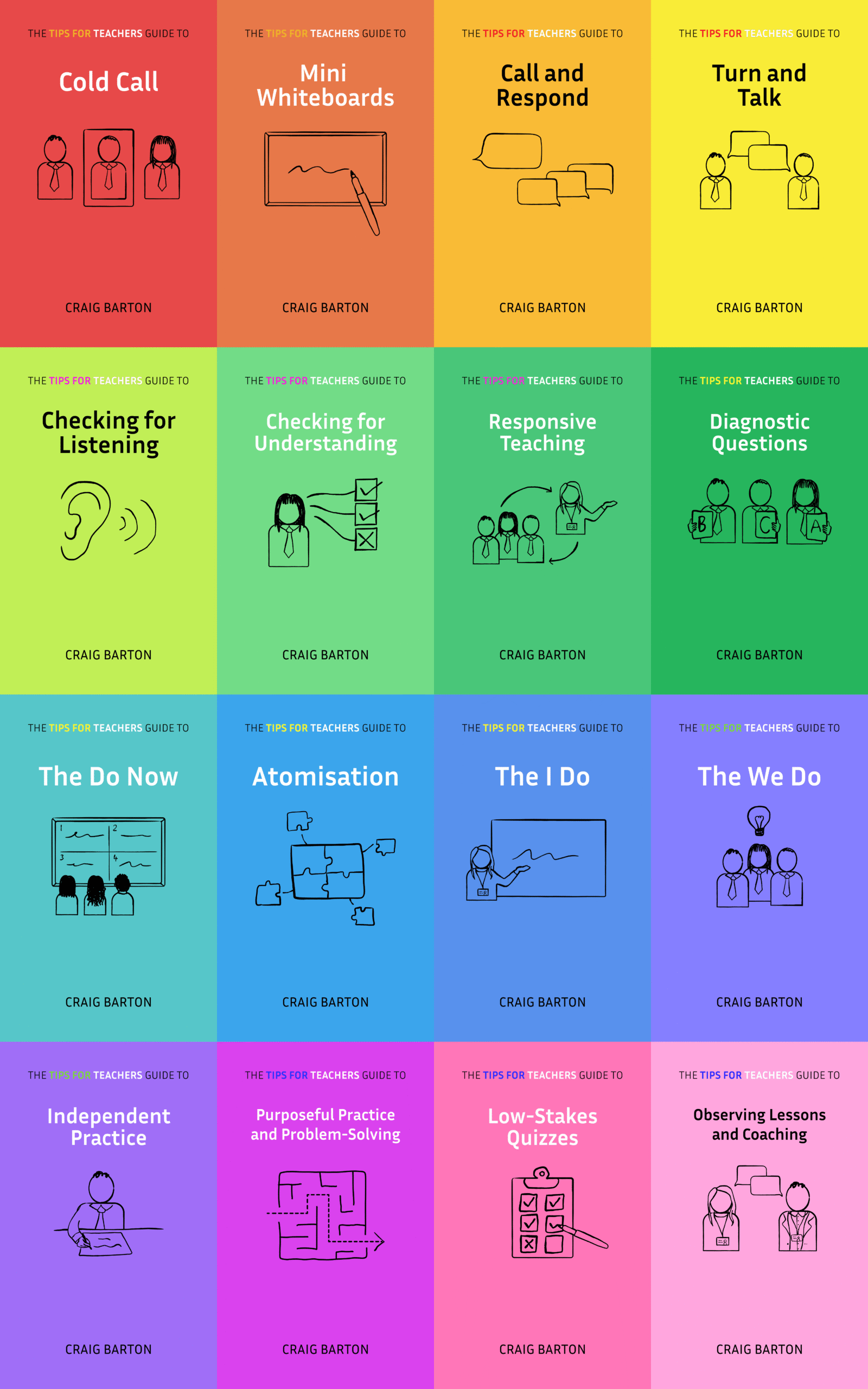Summary
The YouTube video “Provide explicit scaffolds for verbal responses – Tips for Teachers” offers teaching strategies to improve students’ verbal responses, ultimately aiding their writing skills. The core idea is to provide students with simple sentence structures and transition words (e.g., “firstly,” “secondly,” “whereas”) as verbal scaffolds. This approach allows students to practice structuring their thoughts orally before transitioning to written assignments. Focusing on one scaffold at a time prevents overwhelming students and ensures effective practice. The video highlights the importance of this gradual approach as a bridge to written explanations, particularly in subjects like math and science. This method improves both oral and written communication skills.
What are the implications for teachers?
Providing explicit scaffolds for verbal responses can help students formulate more complete and complex answers, which can then support their writing skills. Here are some of the implications for teachers:
- Use of stock phrases: Teachers can provide students with stock phrases relevant to the subject matter to help them start their verbal answers. This can guide the depth of their answers and prepare them for writing. For example, a teacher might provide the phrases “Firstly, secondly, and finally” when asking students to give three reasons for something.
- Practicing sentence construction: Teachers can encourage students to answer in full sentences to help them practice sentence construction skills for writing. For example, instead of just saying “sulfur” when asked if sulfur is a metal or non-metal, students could say “the one that’s a non-metal is sulfur”. This is not about forcing students to always speak in full sentences, but is about building skills around sentence construction.
- Focus on one scaffold at a time: It’s important to focus on practicing one particular scaffold at a time, rather than presenting students with a list of options. This ensures that students have the opportunity to practice the scaffold and internalize it.
- Bridging verbal and written responses: Using verbal scaffolds is a natural bridge to writing, as it allows students to get used to verbalizing their answers before writing them down. This is especially helpful in subjects like math, where students often struggle to justify their answers in writing.
- Using contrasting language: Teachers can provide students with scaffolds that use contrasting language such as “an advantage of… is, whereas a disadvantage is…” to help them consider opposing ideas.
- Simple but effective: These scaffolds are simple, but they can be very effective in helping students to organize their thoughts and communicate them clearly.









